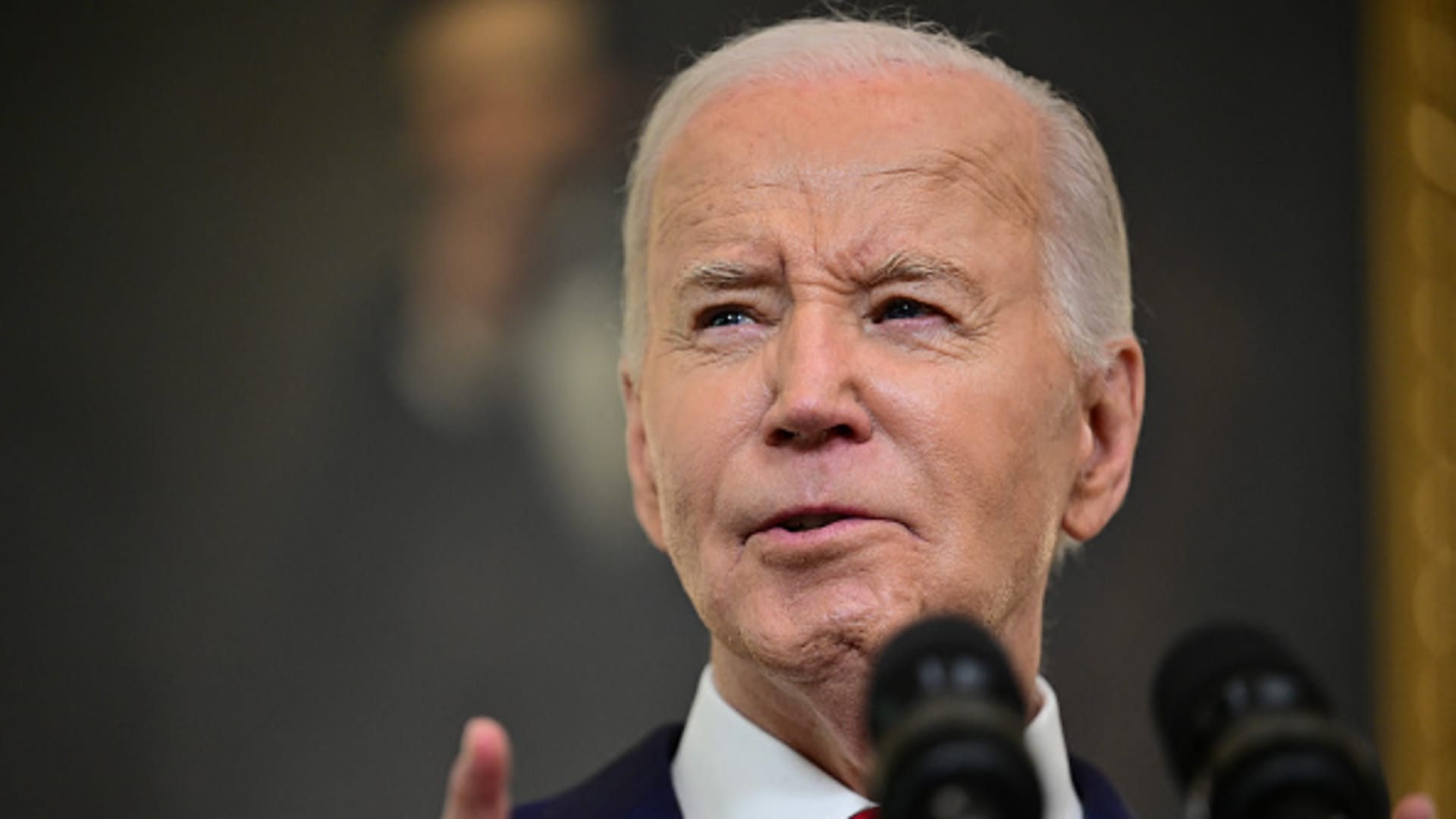It cost Florida Gov. Ron DeSantis more than $160 million to finish second in a single nominating contest.
That staggering sum makes Mr. DeSantis’ failed presidential bid one of the most expensive in the modern Republican primary. But the details of where the money went, laid out in filings with the Federal Election Commission on Wednesday, show how free-spending Mr. DeSantis and his allied super PACs have been.
They managed at least $53 million through companies controlled or owned by Jeff Roe, the powerful Republican strategist who served as a top adviser to Never Back Down, Mr. DeSantis’ main super PAC.
They spent $31.3 million on television advertising time.
Between the campaign and Never Back Down, they spent at least $3.3 million on private flights.
And they donated about $110,000 to the campaigns of state and federal elected officials who had supported Mr. DeSantis.
All for 23,420 votes in Iowa.
The bulk of the money – $130 million – was spent by Never Back Down. The super PAC was intended to be Mr. DeSantis’ secret weapon in his attempt to unseat former President Donald J. Trump, including through an ambitious canvassing effort aimed at knocking on the doors of DeSantis supporters up to five times. His campaign cost an additional $28 million.
The enormously costly effort produced negligible results, and Mr. DeSantis decided to drop out and support Mr. Trump before the New Hampshire primary. But it has tested the limits of campaign finance law.
Never Back Down played an unprecedented role in guiding Mr. DeSantis’ campaign, even though campaigns and super PACs are not allowed to coordinate their strategies. Mr. DeSantis handed over many tasks traditionally handled by campaign officials — such as organizing events and organizing campaign efforts — to the outside group.
The delicate agreement left key decisions in the hands of super PAC executives rather than Mr. DeSantis’s inner circle of trusted advisers. Tensions between Never Back Down and the campaign led to a flood of negative news that sometimes cast a shadow over Mr. DeSantis’ candidacy, particularly among wealthy donors.
Representatives for the DeSantis campaign and Never Back Down did not respond to requests for comment. Neither does Mr. Roe.
Mr. DeSantis was not the only Republican candidate this cycle to spend huge sums only to drop out. Sen. Tim Scott of South Carolina entered the race with $22 million in his campaign coffers, carried over from his 2022 re-election bid. Within weeks, a super PAC supporting him had raised another $20 million.
But in the fall, Mr. Scott’s fundraising dried up as enthusiasm for his candidacy waned, new federal records show. His groups spent heavily, with the campaign spending more than $30 million in total and the super PAC spending $21.8 million, including about $15 million on advertising.
Details of his spending are difficult to discern because large portions of the money went to two limited liability companies that apparently had no other business and were based in suburban Staples stores.
In the end, Mr. Scott didn’t even make it to Iowa and dropped out in November.
Entrepreneur Vivek Ramaswamy invested $25.6 million of his own money in loans and donations into his campaign before exiting the race after finishing fourth in Iowa. At the end of December, his campaign had $1.5 million left. A super PAC supporting him raised $8.7 million and spent almost all of it.
Gov. Doug Burgum of North Dakota, a wealthy businessman, loaned his campaign $14.8 million; The campaign spent $17.8 million before he left the race in December. A super PAC supporting him raised $24.1 million and spent $24 million.
But Mr. DeSantis’ offer and his failure are notable for their magnitude. Other than Mr. Trump, no other candidate entered the race with more financial support, more hype or higher poll numbers.
When Mr. DeSantis entered the race in late May, Never Back Down had a war chest of nearly $120 million, including more than $80 million left over from Mr. DeSantis’ re-election as governor of Florida. His campaign also raised more than $20 million in his first six weeks as a candidate. (Unlike campaigns, super PACs are allowed to accept unlimited amounts of money from donors, making them a vehicle for the super-rich to support candidates.)
Never Back Down planned a $100 million ground game to mobilize voters across the country, including a major voter initiative that would use paid door knockers to reach likely DeSantis voters in states that would advance the first nominations . The group pledged to raise $200 million.
Warning signs soon emerged.
Mr. DeSantis insisted on flying on private planes, a habit he picked up during his time in Tallahassee — and an untenable habit for a candidate who was not independently wealthy.
Campaign spending exceeded its means in the first few weeks, leading to a reshuffle and major staff cuts in July. Never Back Down, which had also provided large sums of money, picked up much of the shortfall, records show, including covering the cost of Mr. DeSantis’ flights.
Mr. Roe was a central figure in DeSantis’ candidacy, and the large sum of money flowing through his companies reflects his ambitions to run the country’s largest political consulting firm. At times, he attracted unwanted attention to the campaign and also became the target of ridicule from Mr. Trump’s surrogates. He left the super PAC in December as the group collapsed amid turmoil.
Never Back Down also quietly sent some of its money, $2.75 million, to Win It Back, a super PAC backed by the Club for Growth, an influential conservative anti-tax group. Around the same time, Win It Back ran a series of anti-Trump ads. The post was only announced after Mr. DeSantis dropped out.
While Mr. DeSantis targeted Mr. Trump for much of the campaign, the donation illustrated how super PACs can be used to do a candidate’s dirty work without leaving many fingerprints.
Win It Back eventually pulled the ads, saying they were unpopular with Republican voters — a sign of the apparent futility of challenging Mr. Trump in a GOP primary.
Meanwhile, another committee was used by Mr. DeSantis to show his apparent gratitude to several politicians who had supported him, even at the risk of incurring Mr. Trump’s wrath. The group Great American Comeback donated more than $110,000 to those officials, including $6,600 to Rep. Chip Roy of Texas, who campaigned tirelessly with Mr. DeSantis in the final weeks of the campaign. More than a dozen Iowa state legislators also received donations.
Meanwhile, Mr. DeSantis’s fundraising slowed as his poll numbers sank and his uncertain moments as a candidate mounted. While Mr. DeSantis had begun the race as the darling of many conservative donors hoping to replace Mr. Trump, the Florida governor saw much of that support go first to Mr. Scott and then to former Gov. Nikki Haley of South Carolina, who is in the Competition remains.
Mr. DeSantis’ campaign brought in less and less money each quarter of 2023; Never Back Down only collected $14.5 million in the second half of the year.
Allies of Mr. DeSantis jumped in to help, forming their own super PACs created with money from Never Back Down. The formation of new groups Fight Right and Good Fight led to tensions at Never Back Down, where many top officials resigned or were fired.
Fight Right and Good Fight handled television advertising, while Never Back Down focused on election campaigns, a move publicly encouraged by the DeSantis campaign.
The two new super PACs spent $13.8 million on television advertising in Iowa. Much of their money came from transfers from Never Back Down and Great American Comeback, while only a fraction came from donors, mostly wealthy Floridians loyal to Mr. DeSantis, as well as CDR Enterprises, a large government contractor.
By the end of 2023, Never Back Down had spent every penny of the $120 million that was in its coffers when Mr. DeSantis began his candidacy, and then some.
Three weeks later, Mr. DeSantis was out of the race.
Source link
2024-02-01 07:26:28
www.nytimes.com














